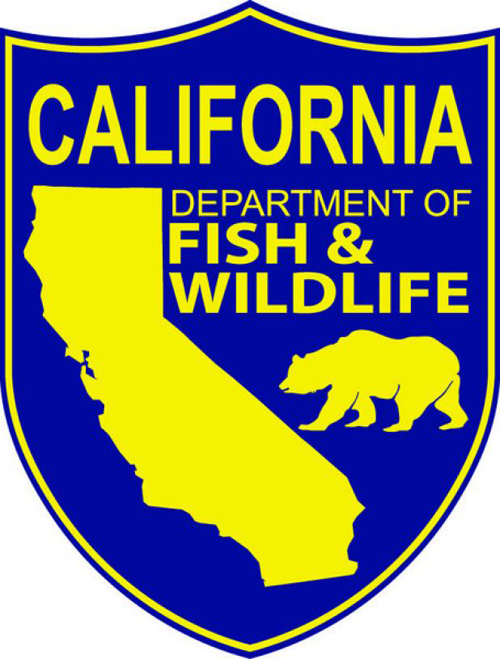
Your Source for Outdoor Adventure
Northern California and Southern Oregon
Can wild turkeys be aged based on trophy characteristics? (Jim C., Modesto)
by Carrie Wilson
4-25-2010
Website

While precisely determining a turkey's age in years may be difficult, there is a surefire method for distinguishing between adults and juveniles using the last two primary flight feathers. In juvenile birds the feathers will be sharp at the ends. By the time the bird reaches maturity at one year of age, it will molt and the two sharp feathers will be replaced by more rounded ones.
Beyond this, beard and spur length can be used to estimate a bird's age, but unfortunately, its not an exact method. Variables such as sub-species, environmental conditions, and possibly nutrition can alter the length of both the beard and the spur, resulting in a misrepresentation of the bird's age.
In terms of beards, the general rule of thumb is the longer the beard, the older the bird. But, while a jake (juvenile) will not have a 10-inch beard, a four-year-old turkey may have a short beard due to any number of conditions. If the turkey is in "rough" vegetation, the beard may wear away on the ground more easily when it grows long. If a turkey has long legs, the beard will be able to grow longer before it reaches the ground, where it will naturally face wear and tear. The fact that the beard may have been altered at any time by environmental or circumstantial conditions prevents biologists from using this method as an accurate way of measuring a turkey's age.
Spur length can also be used to estimate a bird's age although, like beards, spurs can also wear down. Spur length does tend to be slightly more reliable than beard length, however, because they do not wear as easily.
While both of these methods are not entirely precise, they can provide an approximate age range. These estimates are not reliable for turkeys older than about three or four years though.
Carrie Wilson is a marine environmental scientist with the California Department of Fish and Wildlife. While she cannot personally answer everyone’s questions, she will select a few to answer each week in this column. Please contact her at CalOutdoors@wildlife.ca.gov.
MyOutdoorBuddy.com © 2025. All Rights Reserved.
Website Hosting and Design provided by TECK.net
Website Hosting and Design provided by TECK.net